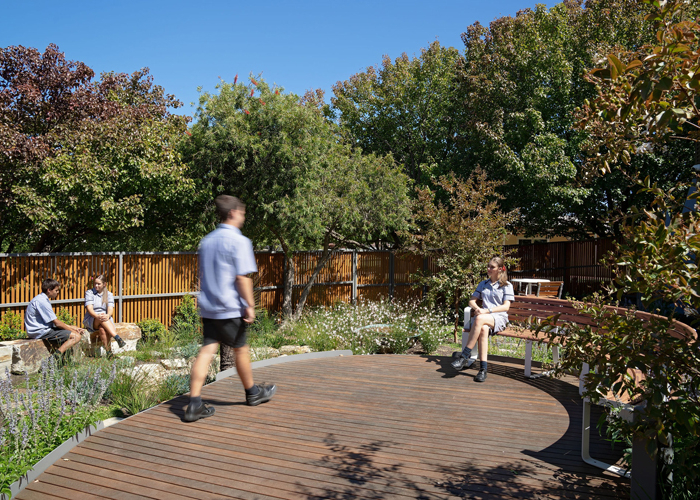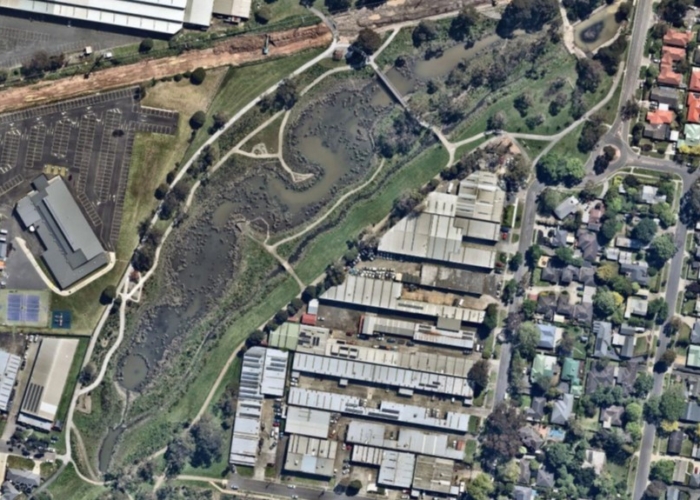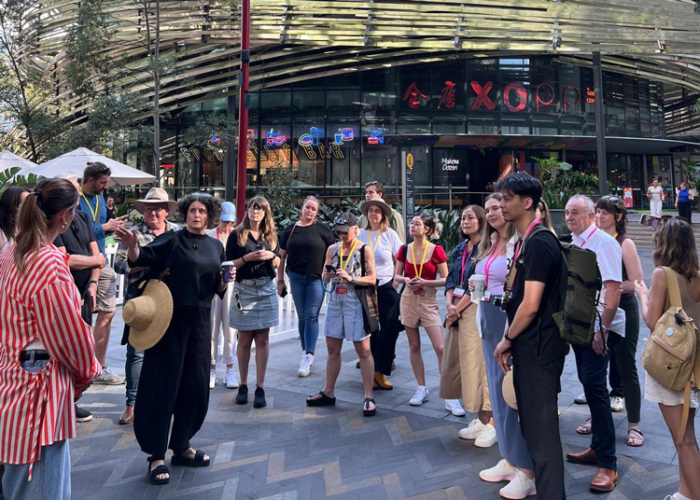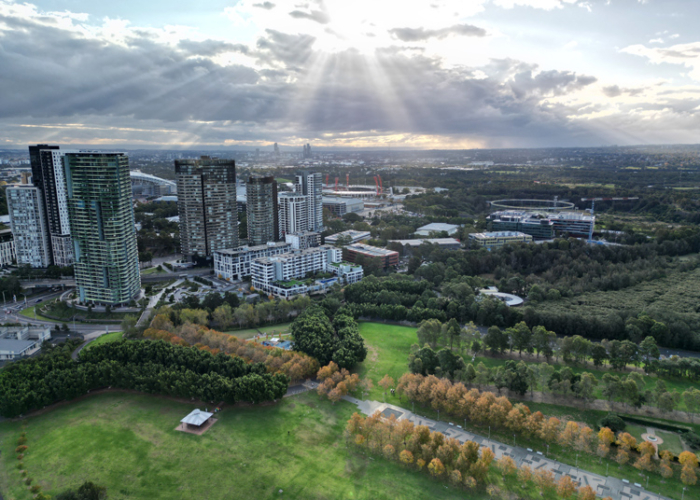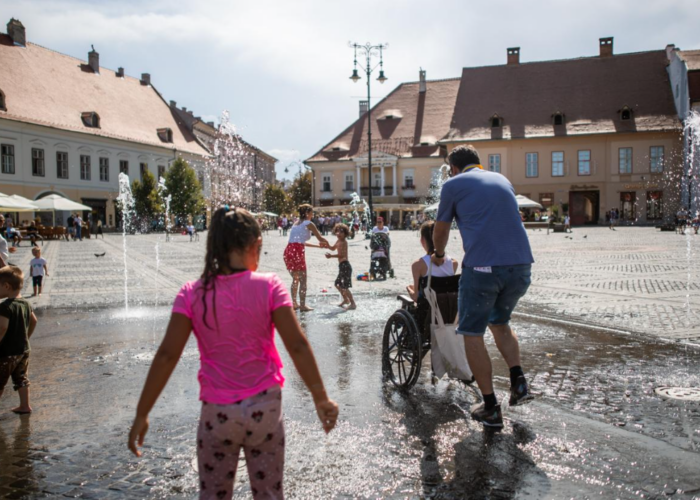A two year research project led by Dr Gweneth Leigh, Canberra University, with the LFA and Hort Innovation, will help inform the development of a schoolyard design Guide for high schools.
streetchat

urban design
Landscape Foundation of Australia (LFA) announces fund recipients for 2025 Landscape Performance Case Studies (LPCS)
AILA NSW led a foreshore walk on Gadigal land for visiting US and Interstate landscape architects, guests of Street Furniture Australia and our US partner Spruce & Gander.
David Martin says partnerships are the best way to ensure urban green infrastructure is prioritised - for housing, health and a changing climate.
In an interview with MassivArt, Founder of Ready for Access, Shay Erlich, says accessibility can be a stimulus to elevate public space.
A new UK report into 'Highway Greening - Best Practice and Lessons Learnt' by LDA Designs, and UN-Habitat produces a Toolkit to improve our public spaces that encourages community engagement.
